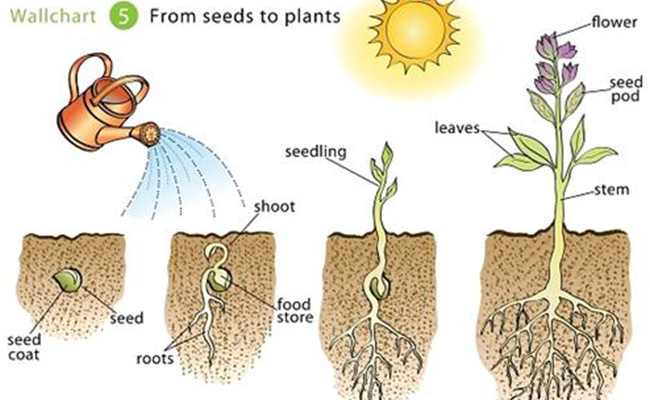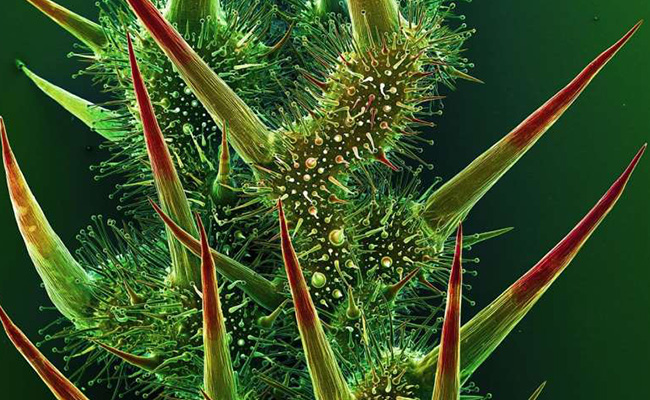Do You Know These Basic Information About Plants?
Plants are immobile living organisms rooted in the ground or water with around 3,00,000 species inhabiting the earth. But other than this fact, what do you know about plants? Broadly classifying, plants are divided into two categories- flowering and non-flowering plants. Some flowering varieties are roses, orchids and most trees while non-flowering plants are the varieties of mosses and ferns. Digging some more information of plants, we got to know that plants take energy from the sun to make their food. While the quantity varies, they do need water for survival. Let us give you all the plants information that you may like to read:

Parts of a plant:
The three main components of a plant are roots, stem and leaves. Roots absorb water and minerals from the soil and keep it firmly placed in the ground. The stem acts as a carrier and transports the water and minerals to the leaves. It also provides over ground support to the plant. Leaves convert sunlight and use the energy to make food through the process of photosynthesis. Plants trap energy from sunlight, use water and carbon dioxide from the air to create glucose. They use glucose to grow and stay alive.

How do Plants Grow?
Plants mostly grow from seeds, that may remain inactive for days, months or even years. The seed consists of some food and a protective layer surrounding an embryo from which a seedling develops. Dark and moist conditions in the right temperature help the seed to germinate. First, the roots begin to grow downwards and make the plant stable. The shoots begin to grow upwards towards the sunlight. Finally, the plant produces a stem and leaf. Isn’t it all fascinating? Let’s keep knowing more about plants.

Pollination
For plants to reproduce and make seeds, they need pollen grains transferred from one plant to another. Plants can receive pollen from the same plant type or species to produce seeds. Brightly coloured plants and flowers attract small animals or insects that act as pollen carriers. Also known as pollinators, these pick pollen and carry it from one plant to another. Some plants may be pollinated by the wind, while others rely on bees and butterflies. When butterflies land on flowers, pollen sticks to their bodies and carry them to the next flower.

Plant Defense
Unlike their predators, plants can not run away from danger. To protect them from danger, nature has equipped them with their own unique armour and weapons! The cactus spine, for example, keeps away rodents and small animals. Some plants have poisonous leaves while some have tiny hair-like growth to keep away animals that feed on them.

Carnivorous Plants
While some plants get eaten by animals, others turn the table and devour insects and small animals. When the soil is thin and lacks nutrients, plants turn to other sources. Moving carnivorous plants such as the Venus flytrap have mobile parts to trap their prey (small animals including frogs), while others attract food with their odour onto a sticky surface. Parasitic Plants
Present in almost every biome, some plants are parasites and derive most of their nutrients from other plants. Parasite plants have modified roots that penetrate the host plant’s conductive system and derive water and nutrients from the host.

Flowering Plants
Flowering plants, also known as angiosperms, grow flowers and use seeds to reproduce using the process of pollination. Both male and female plants are present in flower. These are almost 90% of the known species. Contrary to popular belief, grasses are also a type of flowering plant.

Non-Flowering Plants
Non-flowering plants do not grow flowers and reproduce using seeds or spores by dispersion. Gymnosperms are the kind of plants that do not produce a flower but produce seeds, while mosses and ferns reproduce using seeds.

Hope this has imparted much knowledge about plants and their working mechanisms. We will be back with some more fascinating information on plants in some other blogs soon. Until then, make your interiors come alive with lush indoor plants and breathe fresh all the time.















